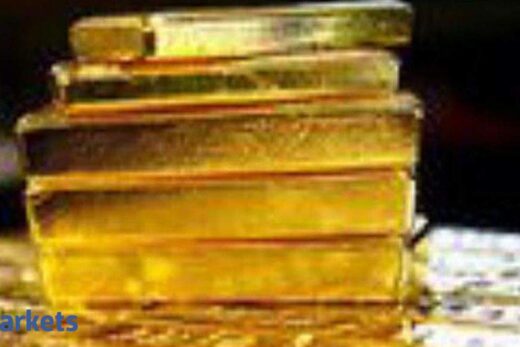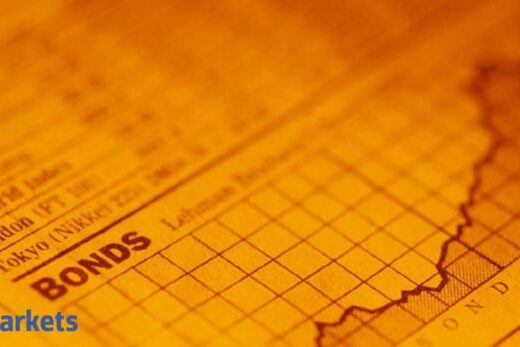The number of Americans filing for jobless benefits unexpectedly rose last week, while a separate report indicated the Philly Fed business index jumped more than expected to its highest level since 1973.
The rate on the benchmark 10-year touched 1.7540%, which it had not seen since January 2020 before the coronavirus pandemic sent yields and stocks crashing. It was last at 1.74%.
The segment of the yield curve that measures the gap between yields on two- and 10-year Treasury notes — considered a reliable indicator of growth expectations — steepened by about 7 basis points (bps) from Wednesday’s close, reaching 158 basis points in early trade, the widest since July 2015.
Federal Reserve Chairman Jerome Powell repeated pledges to hold interest rates steady in an effort to keep economic recovery on track even if inflation breached its 2% target this year.
The Fed also upped economic growth forecasts to 6.5%, which would be the highest in almost 40 years, and predicted a fall in unemployment to 4.5%.
“The Fed has given a little bit of a green light to higher rates and the reason is pricing to reality, pricing to this stronger economic environment,” said Tony Rodriguez, head of fixed income strategy at Nuveen.
He said the rollout of the coronavirus vaccine, the massive $1.9 trillion fiscal stimulus heading to taxpayers and others, as well as improving economic data no longer merit a 1% 10-year yield, which Nuveen projects should rise closer to 2% by year end.
Expectations are that the Biden administration’s coronavirus relief package will boost economic growth and cause inflation to rebound.
The US central bank on Tuesday also said that starting Thursday it would increase the size of its daily reverse repurchases to $80 billion, from $30 billion, which would help put a floor under short end if record amounts of cash in circulation drives overnight borrowing costs to zero.
Three-month bills were around 0.0152%, slipping to their lowest since last March, when the Fed lowered its fed funds target to 0.00% to 0.25%.
Neil MacKinnon, global macro strategist at VTB Capital said that with no tightening likely in the near-term, “the market is pricing in the upcoming sharp improvement in economic data, which would show strong activity and consumption.”
While this is good news for parts of the equity market, bonds at the longer end of the curve are likely to feel the pressure.
Some reckon that higher inflation, currently seen as transitory, could well morph into something longer lasting as a result of the ultra-dovish central bank stance.
US “real” or inflation-adjusted yields have jumped by 18 bps to -0.57% in the last one week, implying an effective tightening of financial conditions.
“These moves will certainly be a test of the Fed’s very accommodative policies,” MacKinnon added.
The two-year Treasury yield, which typically moves in step with interest rate expectations, was about 3.5 bps higher at 0.1652%.



